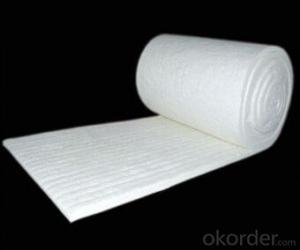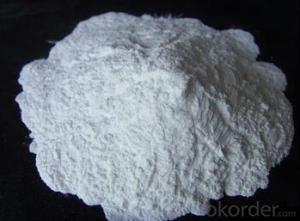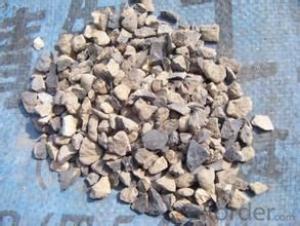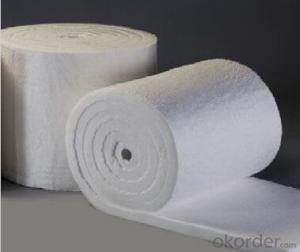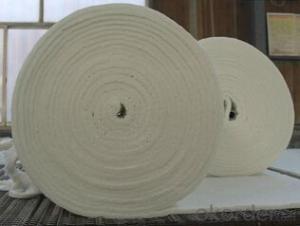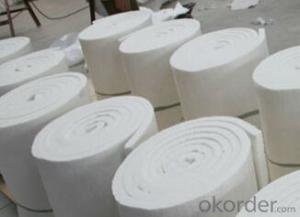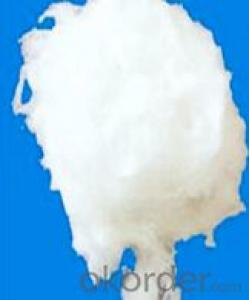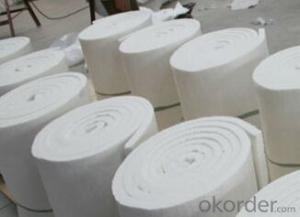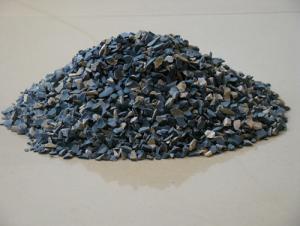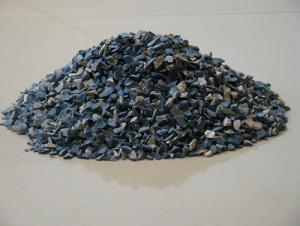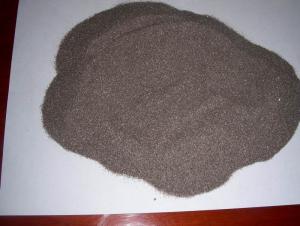Raw Materials for Refractory - Ceramic Fiber Blanket CMAX
- Loading Port:
- China Main Port
- Payment Terms:
- TT OR LC
- Min Order Qty:
- -
- Supply Capability:
- -
OKorder Service Pledge
OKorder Financial Service
You Might Also Like
Specifications
Ceramic Fiber Blanket is a great energy saving product because of its superior insulating properties and advantages of low heat storage and complete resistance to thermal shock. It is widely used as industrial insulation, high temperature insulation and in a variety of heat processing applications. Ceramic fiber blanket is produced from high strength spun ceramic fibers and is needled to provide exceptional handling or construction strength. KT Refractories stocks large amounts of High quality Ceramic Fiber Blanket in Houston TX: 2300°F or 2600°F Ceramic Fiber Blanket with different width or densities, or thickness. Related Ceramic Fiber Blanket products are also available: ceramic fiber Strips, ceramic fiber modules, ceramic fiber paper, ceramic fiber bulk,ceramic fiber textiles, and ceramic fiber board etc.
New! Ceramic Fiber Strip in stock -- 2300°F 8# 1" thick, 4" or 6" wide Ceramic Fiber Strips in 300" length. Ceramic Fiber Strips are packed in a box of 6 or 4 respectively and they are cut out of Ceramic Fiber Blanket. Ceramic Fiber Strips are soft and commonly used as gasket material.Ceramic Fiber Strip are cut off from Ceramic Fiber Blanket, therefor it has all the insulating advantages and excellert features of ceramic fiber blanket.
Ceramic Fiber Blanket's excellent features and typical applications of Ceramic Fiber Blanket are:
Excellent chemical corrosion-resistant performance without being influenced by oil and water
Excellent construction and tensile strength
Contains no bonding agent, great white color and flat even surface, easy to cut
Very low shrinkage
Ceramic Fiber Blanket for REFINING and PETROCHEMICAL
Reformer and pyrolysis lining
Tube seals, gaskets and expansion joints
High temperature pipe, duct and turbine insulation
Crude oil heater linings
Heat treating and annealing furnaces
Furnace door linings and seals
Soaking pit covers and seals
Furnace hot face repairs
Reheating furnace and ladle covers
Boiler insulation and boiler doors
Reusable turbine covers
Expansion seals/pipe coverings
Kiln car insulation and seals
Continuous and batch kilns
Insulation of commercial dryers and ovens
Veneer over existing refractory
Stress relieving insulation and fire protection
Glass furnace crown insulation
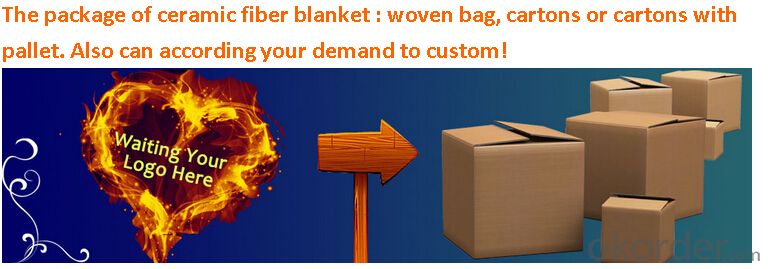
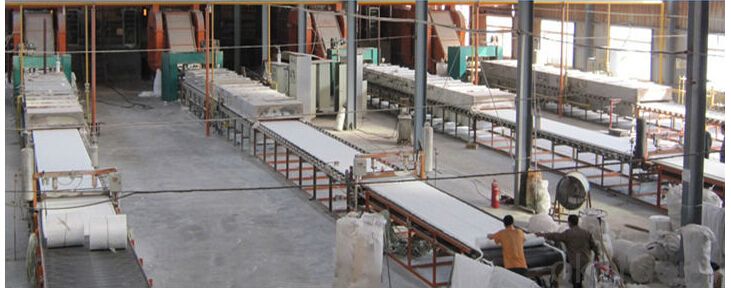
- Q: who knows the fire resistant levels of fireproofing glass?
- Fireproofing glass is a kind of special glass which can keep its integrity in the regular fire resistance test, and it can be divided into three classes: fireproofing glass,fireproofing glass A class is a kind of fireproofing glass that can satisfy the requirements of refractory integrity, fire resistance and thermal insulation. Including composite flameproof?glass and perfusion type fireproofing glass . This kind of glass has the properiyies of transmittance, fireproofing ( smoke insulation, fireproofing, and keeping out thermal radiation), sound insulation, shock resistance, and it's suitable for steel and wooden fire door of building decoration, windows, varnishing, partition walldaylighting?roof,ceiling?screen,perspective floor and other construction components demading for transparency and fireproofing. Class B, it's a kind of fireproofing glass that can satisfy the requirements of refractory integrity, refractory and thermal insulation at the same time. Such kind of fireproofing glasses mostly are composite fireproofing glasses and has characteristics of transmittance,fireproofing and smoke insulation. Class C, it's a kind of monolithic fireproofing glass that only satisfies the requirements of refractory integrity. This kind of glass has characteristics of transmittance, fireproofing, smoke insulation and high strength,etc. It's suitable for fireproofing glass partition wall, fire Windows, outside curtain wall and other places without insulation requirements. hope it can help you.
- Q: Refractory net
- I think China's refractory industry does exist high yield and quality is not high.The main reason, I think, is the immaturity of the Chinese government and individuals. First of all, the government does not encourage basic research, resulting in the lack of innovation in the refractory industry; moreover, the company and enterprise take immediate interests as the most important and do not value long-term development; individual enterprises are eager for quick success and instant benefit. Users of domestic refractories, refractory products only to the price for the bid by standard of foreign products; regardless of price, quite a bit of the meaning of things.
- Q: Who can tell me what is neutral refractory?
- Neutral refractories refer to the refractory materials which will not react greatly with both acidic and basic slag at high tempreratures. Such as carbon refractories and chromite refractories. The main components include carbon, silicon carbide, aluminum oxide, chromium oxide and other trivalent oxides, such as carbon refractories and chrome refractories, etc. Strictly speaking, neutral refractories refer only to the carbonaceous refractories, including carbon brick and graphite silicon carbide products, etc.
- Q: Which industry does refractory belong to? Does it belong to construction industry?
- It belongs to material, and after all, more than 60% refractories are used in metallurgical industry. If you insist on classifying it, it belongs to supporting industry of metallurgical industry. Refractory industry itself is independent.
- Q: Is there any difference between insulating bricks and refractory bricks? Are there any professional refractories factories that are reliable in the quality and quality of these irritated materials?
- High alumina brick, clay brick, brick and other high-quality refractory products, widely used in metallurgy, building materials (cement and glass), non-ferrous metal smelting, petroleum, chemical, electric power, machinery manufacturing and other industries.
- Q: How should refractory cement be used?
- How to use refractory cement? How to use refractory cement? Thank you.
- Q: Does anyone know about the fire resistance period of thin fireproof coatings?
- The columns are 2.5 to 3.0 hours, beams are 2.5 hours, C-shaped steels are 0.5 hours. The thin steelwork fireproof coatings are primarily water-soluble, which will be expanded and foamed when exposing to the fire. Thus the fire-resistant insulation layer formed through expansion and foaming will delay the temperature increase of the steel and protect of steel components. The thin fireproof coatings are made of adhesives, catalysts, carburizers, foamers, fillers, fibers and modifiers. The required emulsion polymers must have good adhesion, durability, and water-resistance to the steel substrates. The coating has a strong adhesion and good flexibility, is light and thin, as well as highly resistant to vibration. It is especially applicable for indoor bareness steel structure, light layer steel structure, and steel structure with decoration demands whose fire resistance requirement is within 1.5-2.5 hours.
- Q: What are the characteristics of clay refractory materials?
- Clay refractory has excellent performance in anti fatigue. The fatigue strength of the general metal is 50% ~ 40 of the tensile strength, and some composite materials can be as high as 70 ~ 80%. The fatigue fracture of the composite is from the matrix, which is gradually extended to the interface between the fiber and the matrix. Therefore, the composite material has omen before destruction, and it can be checked and remedied. Fiber composite material also has good performance in anti vibration fatigue. The fatigue life of The helicopter rotor made of composite material is longer that made of metal. I hope my answer will help you!
- Q: What is the the best matching ratio of refractory cement?
- The best matching ratio of refractory cement is 30%. Refractory cement is also known as aluminate cement. Aluminate cement takes bauxite and limestone as raw materials, alumina content of about 50% as the clinker. And it is a hydraulic cementing material made by grinding. Refractory cement is also known as aluminate cement. Aluminate cement is often yellow or brown or gray. The main mineral of aluminate cement is mono calcium aluminate (CaO · Al2O3, abbreviated CA) and other aluminates, and a small amount of dicalcium silicate (2CaO · SiO2), etc. It is a special cement. I hope my answer will be helpful to you.
- Q: Could you tell me how does fire protection standard of decorative material is divided?
- Divided by plate material: structure material, base layel materials and fabric; Divided by fire protecrtion type: easy to burn, difficult to burn, flame retardant, incombustible material. Material has no fire rating, only the different from the time of combustion limit. Building fire protection. Building fire protection is the fire prevention measures of buildings. In the architectural design, fire protection measures should be taken to prevent fires and reduce fire hazards to life and property. Building fire prevention measures includs prophylaxis before the fire and measures during the fires. The former is mainly to determine the fire resistance rating and fire-proof structure, control fuel quantity and space easy to fire site; The latter mainly for fire partition, setting of evacuation and smoke, fire-fighting equipment, etc. In ancient China, flammable wood are usually taken as a building material, which has accumulated many experiences for the building fire protection .
Send your message to us
Raw Materials for Refractory - Ceramic Fiber Blanket CMAX
- Loading Port:
- China Main Port
- Payment Terms:
- TT OR LC
- Min Order Qty:
- -
- Supply Capability:
- -
OKorder Service Pledge
OKorder Financial Service
Similar products
Hot products
Hot Searches
Related keywords
